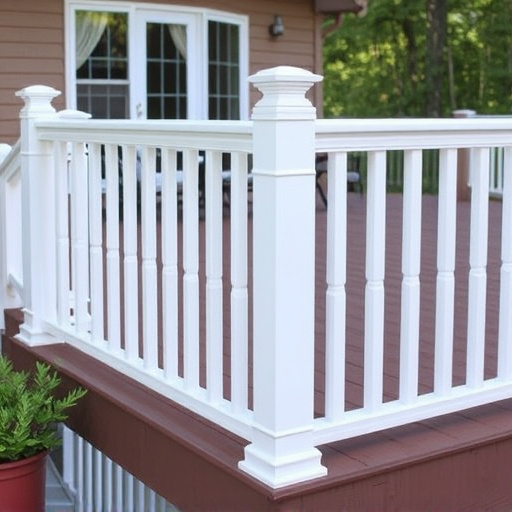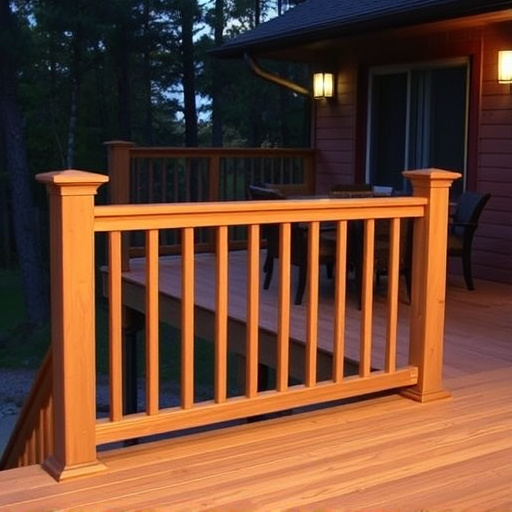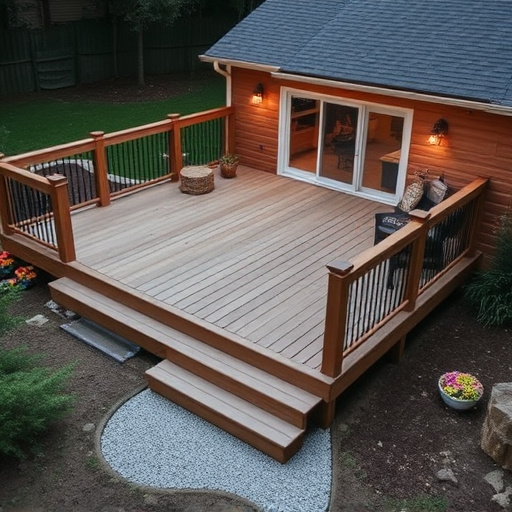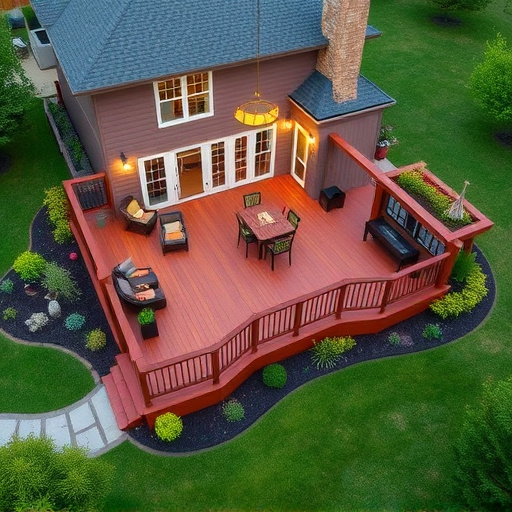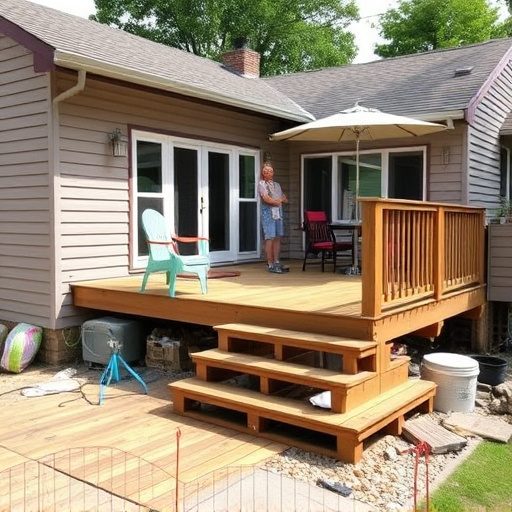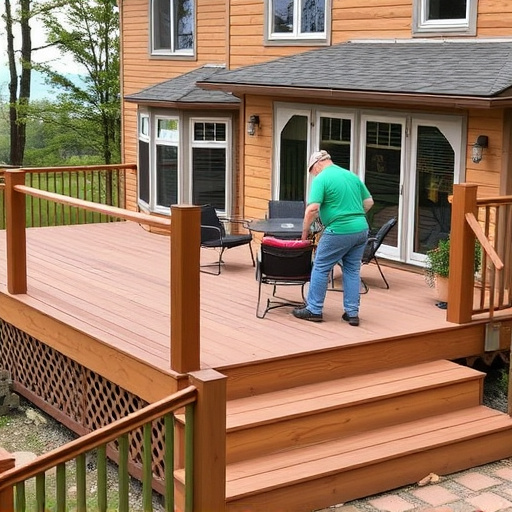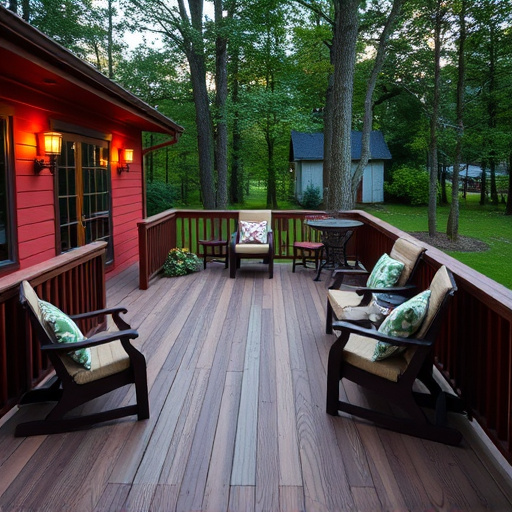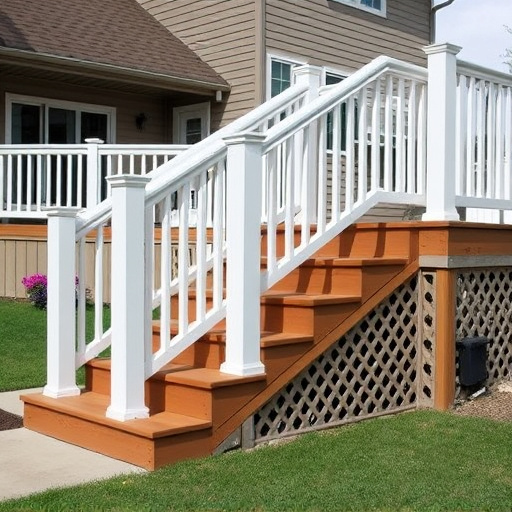Choosing the right materials for deck framing is crucial for safety and longevity. Treated lumber is ideal for residential decks due to its strength, cost-effectiveness, and resistance to rot and pests. Commercial projects may opt for steel or aluminum framing for superior durability and aesthetic appeal. Selecting high-quality, pressure-treated lumber with appropriate grade ratings ensures structural integrity. Using weather-resistant materials like synthetic decking options minimizes maintenance and prevents damage from harsh weather conditions, enhancing deck longevity. Consulting home service solutions specializing in exterior structural components can help meet building codes and industry standards, ensuring safety and durability.
Looking to build a safe and stable deck? This comprehensive guide offers essential tips for successful deck framing. From choosing robust materials like high-quality lumber and weather-resistant treatments, to structural design considerations ensuring optimal span lengths and load capacities, every step is covered. Learn how to create a sturdy layout using support beams and joists, and discover secure installation techniques, including proper fastening methods and safety features, to ensure your deck stands the test of time while remaining accident-free.
- Choosing the Right Materials for Deck Framing
- – Selecting suitable lumber types and grades
- – Understanding the importance of weather-resistant materials
Choosing the Right Materials for Deck Framing
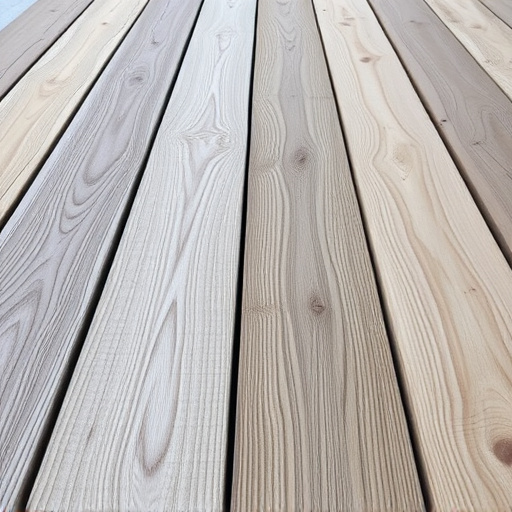
When it comes to deck framing, selecting the appropriate materials is a cornerstone of ensuring both safety and stability. For residential properties, opt for high-quality treated lumber, which offers strength while also being cost-effective. This choice not only enhances structural integrity but also provides resistance against rot, pests, and harsh weather conditions, thereby extending the lifespan of your deck.
For those considering commercial roofing or exterior home improvements that involve decks, steel or aluminum framing can be a reliable alternative. These materials offer exceptional durability, corrosion resistance, and a sleek aesthetic appeal. Moreover, they can withstand heavier loads, making them ideal for multi-level decks or installations with complex designs. Incorporating the right materials into your deck framing project is an essential step towards creating a safe, stable, and long-lasting outdoor living space.
– Selecting suitable lumber types and grades
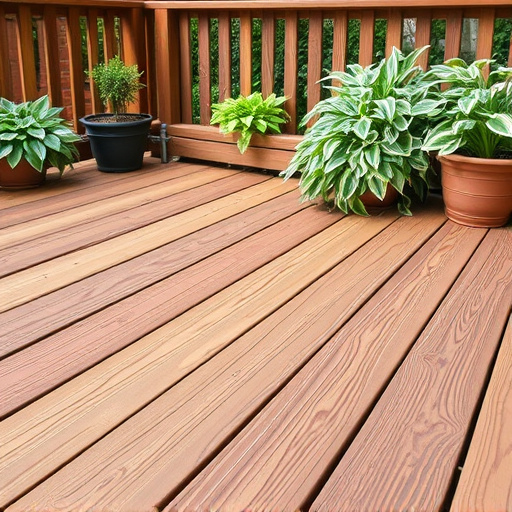
When it comes to deck framing, selecting the right lumber is paramount for both safety and structural integrity. Opting for high-quality, pressure-treated lumber rated for ground contact is a fundamental step in ensuring your deck stands the test of time. This type of lumber is treated with preservatives to resist rot, decay, and insect damage, making it ideal for exterior home improvements like decks. Always choose lumber with the appropriate grade designation, such as #2 or better, to guarantee strength and stability.
The right choice extends beyond the material itself. Consider factors like moisture content, which should be below 16%, and look for lumber with a uniform texture to minimize warping and splitting over time. For commercial roofing projects or larger-scale deck installations, consulting with home service solutions specializing in exterior structural components can help ensure you meet local building codes and industry standards, further enhancing the safety and longevity of your deck framing.
– Understanding the importance of weather-resistant materials
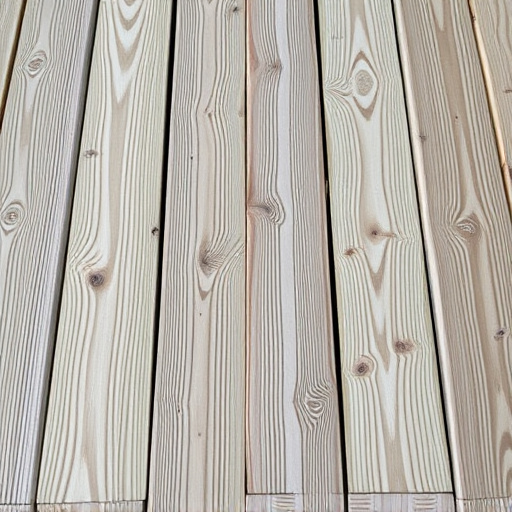
When it comes to deck framing, using weather-resistant materials is paramount for ensuring longevity and structural integrity. Decks are often exposed to harsh weather conditions, from intense sunshine to heavy rainfall and strong winds. Incorporating materials designed to withstand these elements is crucial in preventing premature wear, warping, or rot, which can lead to costly storm damage repair.
Choosing the right decking materials not only shields your deck from environmental factors but also significantly reduces the need for frequent maintenance. For instance, synthetic decking requires minimal upkeep compared to natural wood, eliminating concerns about regular painting or sealing to protect against water damage. This is especially relevant in regions prone to severe weather events, where quick roof repair can be a challenge during and after storms.
When it comes to deck framing, choosing the right materials and implementing proper safety measures are paramount. By selecting high-quality lumber and understanding the need for weather-resistant options, you lay the foundation for a sturdy and durable deck. Remember, a well-framed deck not only enhances your outdoor living space but also ensures long-term stability and safety for years to come.


